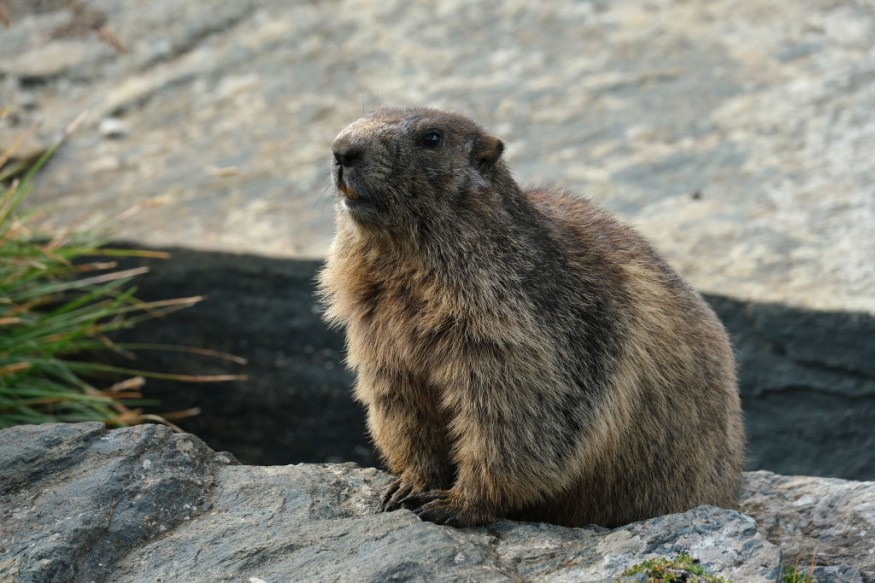Researchers at UCLA and colleagues examining yellow-bellied marmots recently announced they made a discovery which they reported in a newly published study.
A Technology Networks said the scientists revealed that the huge ground squirrels can practically halt their aging prices when in hibernation in their underground tunnels from seven to eight months.
The study was the first one to look at the rate of aging among wild marmots, and it showed that this anti-aging effect begins when the animals reach sexual maturity, which is roughly two years old.
As specified in a ScienceDaily report, the study investigators examined blood samples of marmots collected throughout numerous summer seasons in Colorado "when the animals are active above the ground" to develop statistical models that enabled them to estimate what occurs during hibernation.

Marmots' Epigenetic Age Growing During Active Season
The research team investigated the marmots' biological age with the use of epigenetic alterations, which are hundreds of chemical adjustments to their DNA.
According to the lead author of the study Gabriela Pinho, a UCLA PhD student mentored by Daniel Blumstein and Robert Wane, evolutionary biology professors, their findings for numerous statistical methodologies reveal that epigenetic aging effectively halts during hibernation.
They found that the marmot's epigenetic age grows during the active season, stops during hibernation, and then increases again during the succeeding active season.
An evolutionary adaptation that enables animals to survive in severe seasonal backgrounds with little food and extremely low temperatures, hibernation is often among small mammals endemic to the mountainous western parts of the United States and Canada, like marmots, a related Nature World News specified.
Hibernation
The marmots' hibernation differs between periods of metabolic suppression lasting a week or two and a shorter time of enhanced metabolism that lasts less than one day.
During metabolic suppression, the marmots' respiration slows and their body temperature drastically dips, making them feel like "fuzzy, chilly pebbles," described Blumstein. Essentially, the anti-social status of these mammals can cause their longevity, as well.
If the yellow-bellied marmots' population becomes too big, putting a strain on existing habitat, a mother yellow-bellied marmot will sporadically let her daughters "settle nearby," and roughly half will accept the invitation, according to a report from The New York Times.
The scientists saw marmots sitting next to each other, playing together, hunting each other, and grooming one another.
Social Bonds as 'Stress Buffer'
The marmots which are part of this research published in the Nature Ecology & Evolution journal were housed in 11 different colonies close to the Rocky Mountain Biological Laboratory in Gothic, Colorado.
It is hard to determine the reason socializing would be bad for the health of a marmot. Blumstein believed the animals may be transmitting infections among themselves.
Possibly, they are more susceptible to rouse each other up while in hibernation, causing them to starve in the bleak winter forest.
Or perhaps, the time they're spending socializing would be spent better watching for predators. Blumstein said, there is a range of imaginable explanations.
For humans, not being sociable is approximately equivalent to smoking one or two packs of cigarettes each day. Social bonds are believed to help these animals in times of danger and function as a "stress buffer."
Related information about marmot hibernation is shown on Nature on PBS's YouTube video below:
RELATED ARTICLE : Marmots Use Own Language to Communicate With Their Tribe
Check out more news and information on Animals on Science Times.
© 2026 ScienceTimes.com All rights reserved. Do not reproduce without permission. The window to the world of Science Times.










